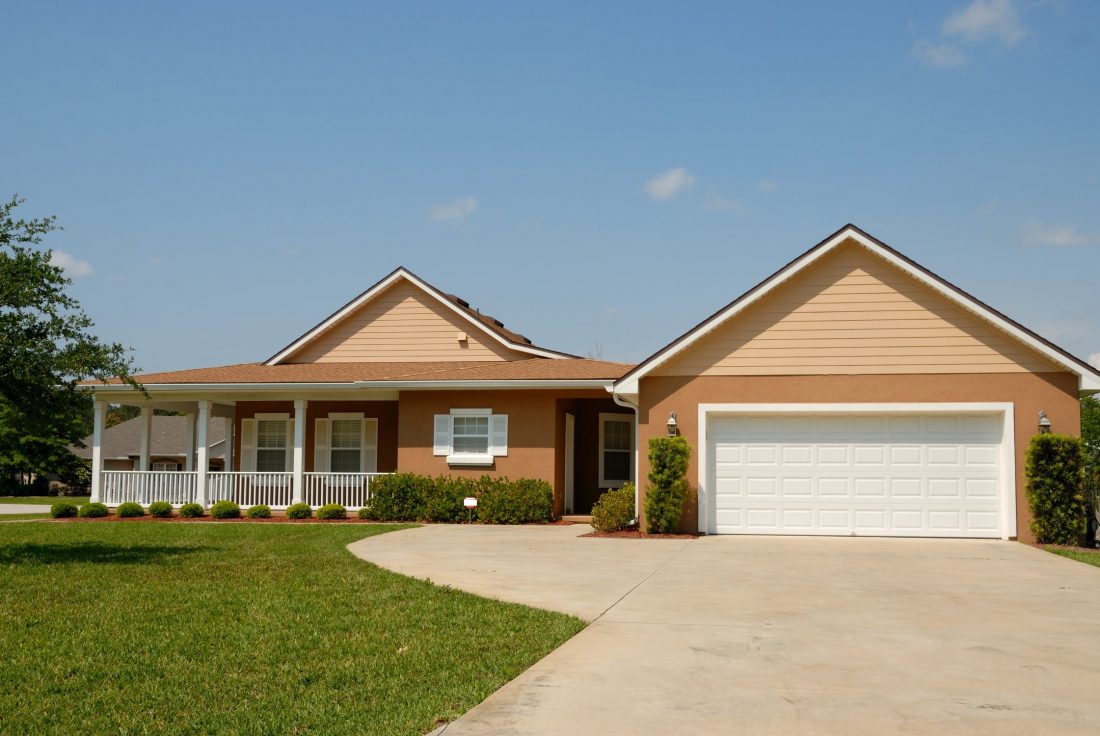If you have toyed with the idea of moving house then you will remember what it was like moving all the other times previously. The mixed emotions of excitement, frustration, relief and sadness swirling as the house move begins will certainly be a mixture of emotions.
Many factors will influence the decision to either move or stay. Perhaps the housing market is particularly buoyant, the house is getting too small for an expanding young family or there is an area up and coming that you think would be ideal.
However, the thought of looking for and buying another house might seem daunting and unappealing, especially if you are about to repeat the process for a second, third or even fourth time.
A loft conversion is a great alternative option to people struggling with space, the value of their property or just simply want to improve the quality of their home. With any major property decision, there will be plenty of pros and cons to either moving home or creating a beautiful loft conversion.
The most obvious and, to many homeowners, the most important advantage to a loft conversion is space. Adding space to an upstairs area means you can avoid the lengthy planning permission process required to build an extension on your home and the expense and mess of knocking down exterior walls. It is also far cheaper and less time-consuming than buying another property, particularly when relying on Wollongong conveyancing services.
Financially, a loft conversion is much more affordable than buying a new home. The money spent on estate agents and legal fees could be better used to create a light and spacious loft unit as a bedroom or as a home office.
Loft conversions do have limitations, however. If storage space in particular is a problem and you currently use it to store old clothes, furniture and other items then where will you put it all after the conversion? It could prove to be a permanent storage headache. Yet this can be offset by installing storage units in the lowest part of the roof.
Another limitation of a loft conversion is the lack of space available due to the sloped angle of the roof. Ceilings less than 2 metres in height could pose a problem if you are thinking about fitting furniture.
While there are some drawbacks to loft conversions, overall they are inexpensive and less time consuming than moving. House buying takes time, endless paperwork and is a riskier investment to many thinking of a next property.
Gareth Holmes, Managing Director at Dulwich Loft Specialists, said “It’s tempting to look beyond your means when it comes to property. Many homeowners fail to leverage the potential of their existing space properly and a loft conversion can quickly help raise property value and give homeowners a premium space to use as a designated play area or home office.
This can be all done within a relatively short space of time for a significantly cheaper cost than moving, while giving owners a refreshed sense of pride about their home.”
